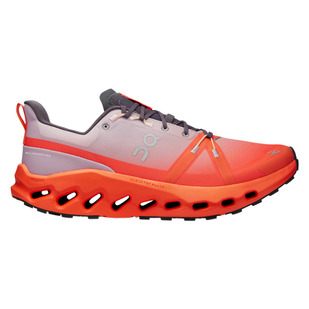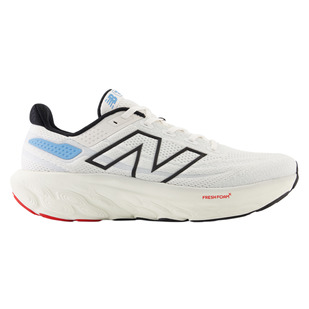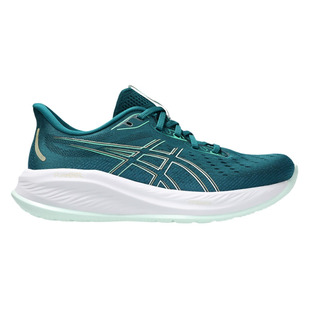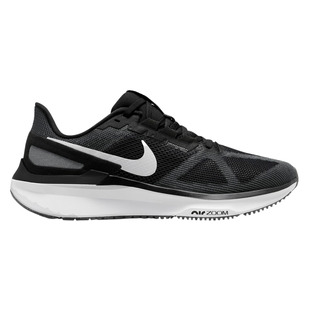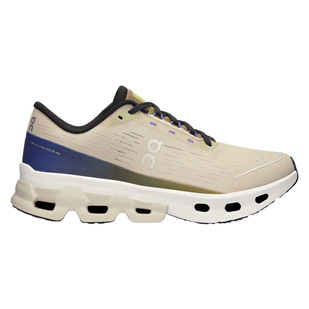4. Buying your shoes at the end of the day
We tend to forget that our feet swell throughout the day, so shop for shoes toward the end of the afternoon, when your feet are slightly swollen.
Otherwise, you may end up buying shoes that are too tight to run in.
Whether your feet are “normal”, “flat” or “cavoid”, making your stride neutral, overpronated, or supinated, well-fitted shoes are essential if you want them to keep up with your pace. Always keep in mind that, in addition to ensuring your comfort, appropriate footwear prevents fatigue and injuries.










